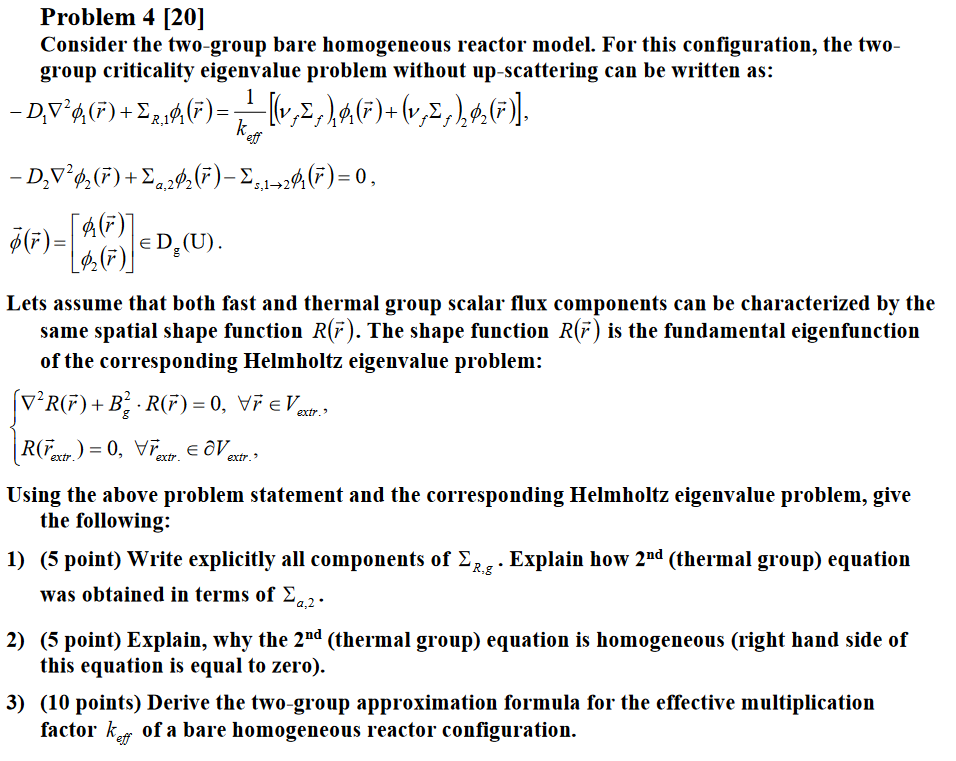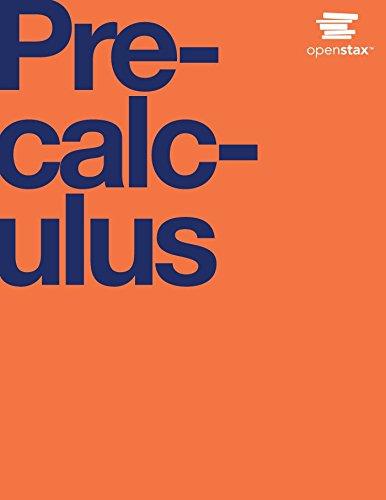Answered step by step
Verified Expert Solution
Question
1 Approved Answer
Problem 4 [20] Consider the two-group bare homogeneous reactor model. For this configuration, the two- group criticality eigenvalue problem without up-scattering can be written

Problem 4 [20] Consider the two-group bare homogeneous reactor model. For this configuration, the two- group criticality eigenvalue problem without up-scattering can be written as: DV 6, (F) + 1% (F) = [(v,,),(F)+(v,2,),4(F)], k eff DV(F) + 9,242 (F) 5,1+241 (F) = 0, - D(U). Lets assume that both fast and thermal group scalar flux components can be characterized by the same spatial shape function R(F). The shape function R(F) is the fundamental eigenfunction of the corresponding Helmholtz eigenvalue problem: [VR(F) + B R(F) = 0, VF extr." R(Fextr.) = 0, Vextr. OV ex extr." Using the above problem statement and the corresponding Helmholtz eigenvalue problem, give the following: 'R,g 1) (5 point) Write explicitly all components of g. Explain how 2nd (thermal group) equation was obtained in terms of a,2 2) (5 point) Explain, why the 2nd (thermal group) equation is homogeneous (right hand side of this equation is equal to zero). 3) (10 points) Derive the two-group approximation formula for the effective multiplication factor koff of a bare homogeneous reactor configuration.
Step by Step Solution
There are 3 Steps involved in it
Step: 1

Get Instant Access to Expert-Tailored Solutions
See step-by-step solutions with expert insights and AI powered tools for academic success
Step: 2

Step: 3

Ace Your Homework with AI
Get the answers you need in no time with our AI-driven, step-by-step assistance
Get Started


